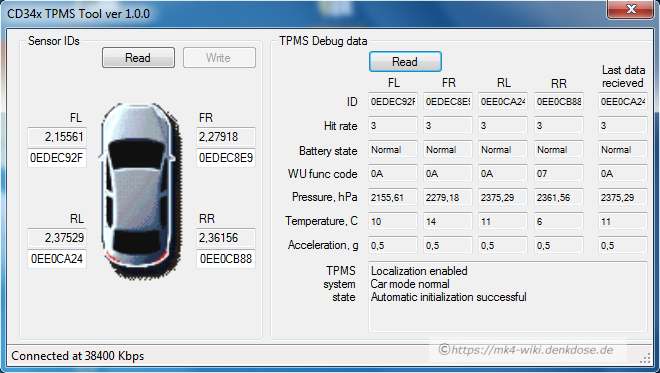

- #UNTAR ZIP FILE HOW TO#
- #UNTAR ZIP FILE INSTALL#
- #UNTAR ZIP FILE ZIP FILE#
- #UNTAR ZIP FILE ARCHIVE#
- #UNTAR ZIP FILE FULL#
Linux is normally used in combination with the GNU operating system: the whole system is basically GNU with Linux added, or GNU/Linux. The kernel is an essential part of an operating system, but useless by itself it can only function in the context of a complete operating system. Linux is the kernel: the program in the system that allocates the machine’s resources to the other programs that you run.
#UNTAR ZIP FILE ZIP FILE#
When you extract a zip file there is no tar file within it, just all your original files. When you extract a compressed tar file, you effectively uncompress it, then extract the original files from the uncompressed tar file. There really is a Linux, and these people are using it, but it is just a part of the system they use. This format can then be compressed using (for example) gzip or bzip2 compression formats. Through a peculiar turn of events, the version of GNU which is widely used today is often called “Linux”, and many of its users are not aware that it is basically the GNU system, developed by the GNU Project. Many computer users run a modified version of the GNU system every day, without realizing it.

#UNTAR ZIP FILE FULL#
Linux is not an operating system unto itself, but rather another free component of a fully functioning GNU system made useful by the GNU corelibs, shell utilities and vital system components comprising a full OS as defined by POSIX. What you’re referring to as Linux, is in fact, GNU/Linux, or as I’ve recently taken to calling it, GNU plus Linux. To unzip a zip file named master.zip using tar command to a /tmp/data/ directory: Use the following syntax if you want to extract/unzip to a particular destination directory:įor example, unzip a zip file named master.zip using tar command:
#UNTAR ZIP FILE INSTALL#
$ brew install unzip Use tar command to unzip a zip file To create a tar.gz file, use the following command: tar cvzf /Documents. To instruct tar to put the extracted unzipped files into a specific directory, enter: tar xvzf C /home/user/destination. Once installed type the following brew command to install unzip utility: tar file before you extract it, enter: tar tzf. # pkg_add -v unzip macOS Unix install unzip CLI Type the following pkg_add command to install unzip package: # pkg install unzip OpenBSD Unix install unzip # cd /usr/ports/archivers/unzip/ & make install clean Zypper install unzip FreeBSD Unix install unzip Use the zypper command to install unzip command: Use the dnf command to install unzip command:ĭnf install unzip Installing unzip on Suse/OpenSUSE Linux Yum install unzip Fedora Linux install unzip Use the yum command or dnf command to install unzip command: Pacman -S unzip CentOS/RHEL/Scientific/Oracle Linux install unzip command Use the pacman command to install unzip command: Sudo apt install unzip Install unzip on Arch Linux mkdir myfolder movefile ( membrane.m, myfolder ) movefile ( logo.m, myfolder ) cd myfolder mkdir mysubfolder. Create a folder myfolder containing a subfolder mysubfolder and the files membrane.m and logo.m. Use the apt-get command or apt command to install unzip command: Compress the contents of a folder including all subfolders, and store the relative paths in the zip file. Like with the tar format you can optionally.
#UNTAR ZIP FILE ARCHIVE#
This will extract the files in the archivename.tar archive in the current directory. Here’s how you compress a directory: tar -cvf archivename.tar directorytocompress. Su - Installing unzip on Debian/Ubuntu Linux Tar is probably the Linux/UNIX version of zip quick and dirty.

Make sure you run the following command as the root user. If the unzip command NOT installed on your Linux or Unix box, then run any one of the following commands as per your Linux distribution to install the unzip command. It will start the file extraction and list the contents of the zip file once complete. Drag and drop the zip file directly onto the unzip files panel. To select the zip file, you have two options: Click 'Select zip file to extract' to open the file chooser.
#UNTAR ZIP FILE HOW TO#
String zipFilePath = "/Users/pankaj/tmp.Fig.02: How to unzip a zip file from the Terminal using unzip command A note about bash: unzip: command not found Here are the steps to unzip a file using ezyZip. Here is the java unzip file program that unzips the earlier created tmp.zip to output directory. We also need to create the output directory if it doesn’t exists and any nested directories present in the zip file. Then use FileOutputStream to write them to file system. To unzip a zip file, we need to read the zip file with ZipInputStream and then read all the ZipEntry one by one. In the last post, we learned how to zip file and directory in java, here we will unzip the same zip file created from directory to another output directory.


 0 kommentar(er)
0 kommentar(er)
